What is the difference between Cognac and Armagnac?
The primary differences between Armagnac and Cognac relate to the soils, the varietals, the artisanal nature of Armagnac production, and the type of still that is used for distillation. The Cognac still is a pot still whilst the Armagnac still is a continuous column still.
Thus, Cognac is distilled twice. The first time between 28% and 32% alcohol (the first distillate, known as “brouillis”) then this brouillis is redistilled between 68% to 72% alcohol. Armagnac, on the other hand, is distilled only once, generally between 52% and 56% alcohol.
Cognac is primarily made from distilling wines made from Ugni-blanc grapes, whereas Armagnac is primarily distilled from wines made from Ugni-blanc, Baco, Folle Blanche and Colombard grapes.
A further difference is that Armagnac is generally an artisanal product that remains closely connected to its terroir and the grape varietals, whereas Cognac is for all practical purposes an industrial product. In 2017, worldwide, 3,000,000 bottles of Armagnac were sold compared to 197,000,000 bottles of Cognac. 80% of the Cognac sold is sold by Hennessy, Martell, Rémy-Cointreau and Courvoisier.









